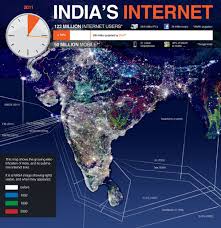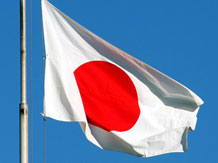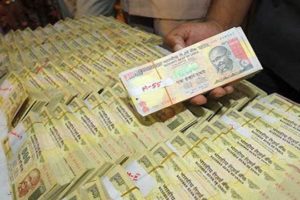
India is likely see increased foreign direct investment (FDI) inflows on the back of reforms such as introduction of the goods and services tax and the bankruptcy code, international ratings agency Moody’s said in a report on Monday.
“Combined with reforms such as the introduction of a goods and services tax, which lowers the cost and complexity of doing business, and a simplified and clarified bankruptcy code, FDI is likely to rise further,” the agency said in its report on how structural reforms by Asia Pacific sovereigns could become more effective from stronger global demand.
In India, Moody’s said, the government has raised ceilings for authorised FDI in a number of sectors. “FDI has already increased substantially, albeit from a low base,” the report said.FDI in India grew by 18% during 2016 to touch $46 billion, data released by the Department of Industrial Policy and Promotion showed.
The Narendra Modi government has liberalised FDI framework for a number of sectors including insurance, defence and civil aviation and also taken steps towards the ease of doing business. Moody’s said the positive economic impact of India and Indonesia’s measures to attract higher levels of FDI, combined with steps to improve business conditions, are likely to be more apparent in a stronger global macroeconomic environment. The agency has maintained India’s sovereign rating at Baa3 positive.
“India and Indonesia’s governments have both implemented reforms over the past few years to improve the overall business climate and, more specifically, to attract FDI,” Moody’s said, adding that a robust global environment is likely to amplify the positive impact of the reforms on the two countries’ attractiveness to foreign investors.
Moody’s Investors Service said the strengthening in global demand since the end of last year has buoyed Asia Pacific’s trade-reliant economies, but added that faster export growth has yet to feed into a sustainable acceleration in output growth.







